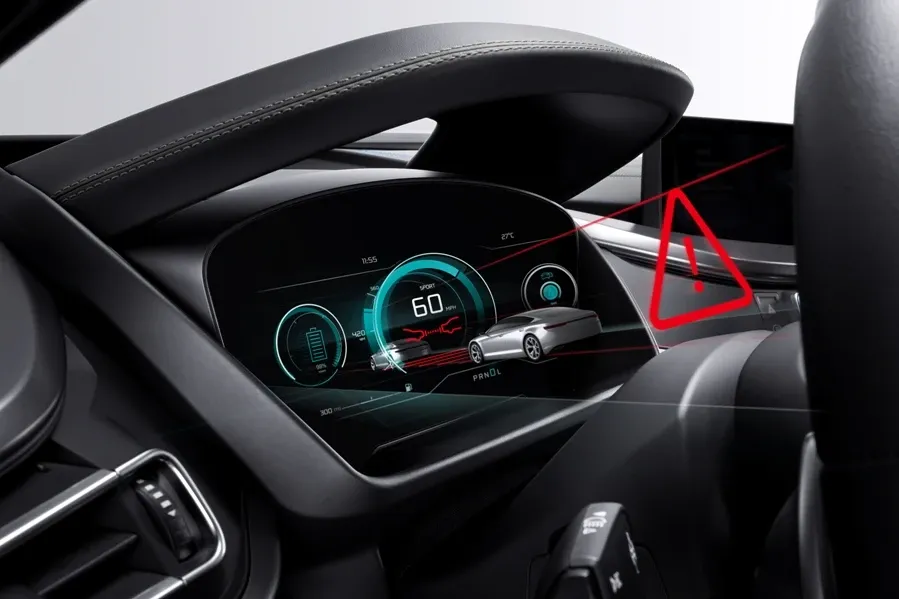Qualcomm Announces Snapdragon 8 Gen 5 Platform
Qualcomm added its latest smartphone platform to its premium-tier Snapdragon range.

In the car cockpits of the future, digital displays will play a key role in the interaction between drivers and their vehicles. With its new 3D display products, Bosch is responding to this trend. The products use passive 3D technology to generate a realistic three-dimensional effect that allows visual information to be grasped faster than when displayed on conventional screens.
“Displays are increasingly becoming interactive systems that can better anticipate drivers’ individual needs,“ says Steffen Berns, president of Bosch Car Multimedia. “There is huge business potential for Bosch here.“ Forecasts suggest that the global vehicle display market will double from 13.4 to 26.7 billion euros by 2025. Whether curved, equipped with organic LEDS (OLEDs), or freely configurable, Bosch regularly sets the benchmark for vehicle displays.
3D displays are the latest trend for vehicle cockpits. On the movie screen, a 3D effect serves primarily to enhance a film’s entertainment value. But in a vehicle, it’s a different case. “The display’s depth of field means drivers can grasp important visual information faster, whether from an assistance system or a traffic-jam alert,“ Berns says. “Alerts that seem to jump out of the display are much more obvious and urgent.“
When parking, moreover, the rear-view camera image is more realistic, allowing obstacles to be detected earlier. And drivers can get an even better idea of how much space they have left between the rear fender and, say, a parking garage wall. When navigating street canyons, this 3D effect also plays a decisive role, as the spatial depth of the map display makes it immediately clear which building marks the next turn. For its new display, Bosch makes use of a passive 3D technology, which works completely without additional features such as eye tracking or 3D glasses.
As displays grow in size, become more multi-purpose and intelligent, and feature voice and touch control, more and more computing power is needed. Today, there are as many as 15 back-end processing units control the display and operating systems and that number is expected to grow in the future. Bosch uses just one cockpit computer to coordinate the entire HMI, and delegates all control functions to one central control unit. Fewer control units also means less weight, and vehicle development times are also reduced. Thanks to over-the-air updates, moreover, the infotainment system can be kept up to date just as simply as a smartphone.